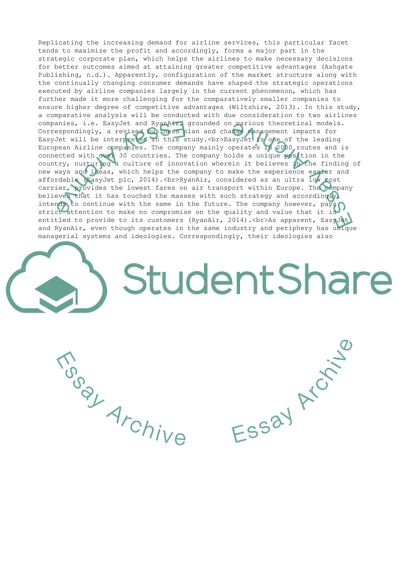Cite this document
(Small business Enterprise Coursework Example | Topics and Well Written Essays - 2750 words, n.d.)
Small business Enterprise Coursework Example | Topics and Well Written Essays - 2750 words. https://studentshare.org/business/1829447-small-business-enterprise
Small business Enterprise Coursework Example | Topics and Well Written Essays - 2750 words. https://studentshare.org/business/1829447-small-business-enterprise
(Small Business Enterprise Coursework Example | Topics and Well Written Essays - 2750 Words)
Small Business Enterprise Coursework Example | Topics and Well Written Essays - 2750 Words. https://studentshare.org/business/1829447-small-business-enterprise.
Small Business Enterprise Coursework Example | Topics and Well Written Essays - 2750 Words. https://studentshare.org/business/1829447-small-business-enterprise.
“Small Business Enterprise Coursework Example | Topics and Well Written Essays - 2750 Words”. https://studentshare.org/business/1829447-small-business-enterprise.


